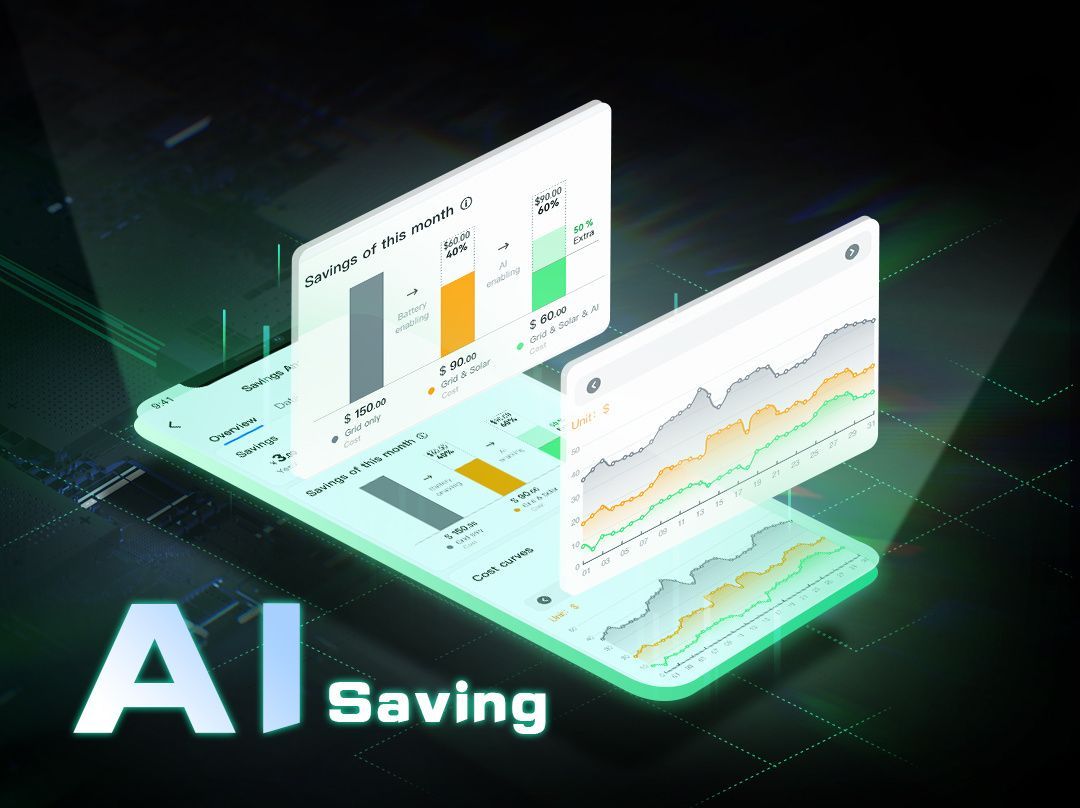The Essentials of Load Shifting: Your Brief Guide
Load shifting is not a novel concept; industrial and commercial sites have successfully implemented it for many years.
So, what exactly is load shifting?
Load shifting involves moving electricity consumption from one time period to another. For instance, it may involve postponing an industrial process to a different time. The concept revolves around the idea that by shifting the load to another time, the returns in terms of energy cost savings or participation in Demand Side Response (DSR) outweigh the loss of production.
In contrast to many energy cost-saving strategies, load shifting addresses the "when" rather than the "how much" dilemma.
How does it operate?
Every plant incorporates a certain margin into its controls to account for failures or maintenance. With the right technology in place, this margin can be used for controlled load shifting, also known as energy flexibility.
Load shifting can be achieved by rescheduling processes, activating a site's embedded generation, or deactivating unnecessary equipment and machinery. Importantly, load shifting does not result in a reduction in the net quantity of energy used.
Why is the "when" crucial?
The energy mix is more dynamic and diverse than ever, with the core goals for the grid being to decarbonize, decentralize, and digitize the electricity system. This has led to an abundance of renewable energy sources, creating uncertainty in terms of both supply and cost stability.
Load shifting allows businesses to:
- Participate in balancing services, such as frequency response.
- Trade generated electricity during price peaks.
- Avoid peak demand altogether, such as Distribution Use of System (DUoS) and Triads.
In the context of cost reductions, load shifting is often referred to as peak-shaving.
CapEx-Free Battery
Energy storage for peak load shifting
Most industrial and commercial sites do not operate continuously, and energy demand typically rises during operational hours. Charging a commercial battery during non-peak times and discharging it during operational hours can significantly reduce peak demand charges. Energy storage solutions also enable the storage and use of electricity from embedded generation during peak times.
Energy neutrality
Load shifting sequences are generally energy-neutral. While load shifting can help end-users reduce total demand charges, it may not necessarily reduce overall usage charges. If postponed production takes place, it will still require a certain amount of electricity.
This doesn't mean load shifting isn't beneficial for sustainability. If load is shifted to participate in a frequency response event, the business contributes to integrating intermittent renewable energy into the grid, reducing reliance on carbon-based power plants.
Load shifting in action
Load shifting is most effective when connected to an intelligent energy platform. GridBeyond's technology enables automated load shifting, analysing how best to position your energy flexibility in the market, whether in the frequency response market, energy trading, peak avoidance, or other areas. The goal is to ensure that the financial returns, whether savings or revenues, always exceed the cost of shifting electricity consumption.
More EcoFacts





